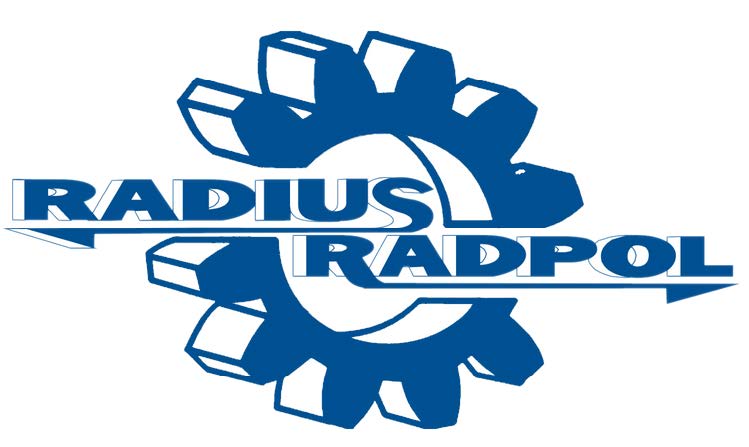Gear motor vibration is quite common and depends on various issues that can be harmful to the machine.
If the vibrations come from an electric motor, depending on the shaft speed, they may be more or less intense
The cause may be a damaged element (e.g. worn bearing) or misalignment of the gearmotor components.
When the motor vibration depends on the rotor
Improper installation of the rotor causes axial and radial play in the rotor, which in turn leads to vibrations; an irregular air gap can also be a vibration generator.
Over time, these vibrations can damage the motor and cause it to malfunction.
Motor vibration and electrical system overheating
Another cause of vibration may be electrical imbalance: imbalance may be caused by imperfect power supply or damaged winding.
If the imbalance is caused by the power supply, it is important to correct the problem before damaging the winding. If the winding is damaged, it is often worth replacing the entire motor.
Three-phase motor vibration
AC motors are playing an increasingly important role in the operation of machines and automated equipment in industrial production; their defects or damage may cause significant financial losses.
Motor vibration does not necessarily mean engine damage!
For example, single-phase motors, if they deliver less than their rated power or run at no load (no load), can inherently introduce vibrations that are then transmitted to the gearbox; in this case, it is recommended to check whether the motor used is suitable for the application.
Finally, a technical error can be made during assembly, which inevitably leads to vibrations: we are talking about imperfect couplings between the motor and the gearbox or between the gearbox and the final load, which can transmit vibrations.
